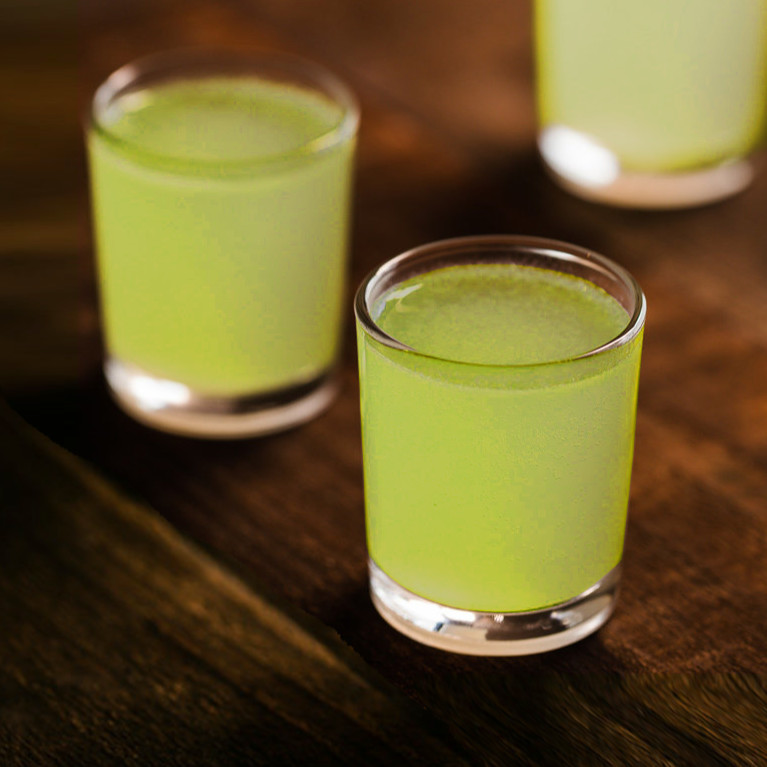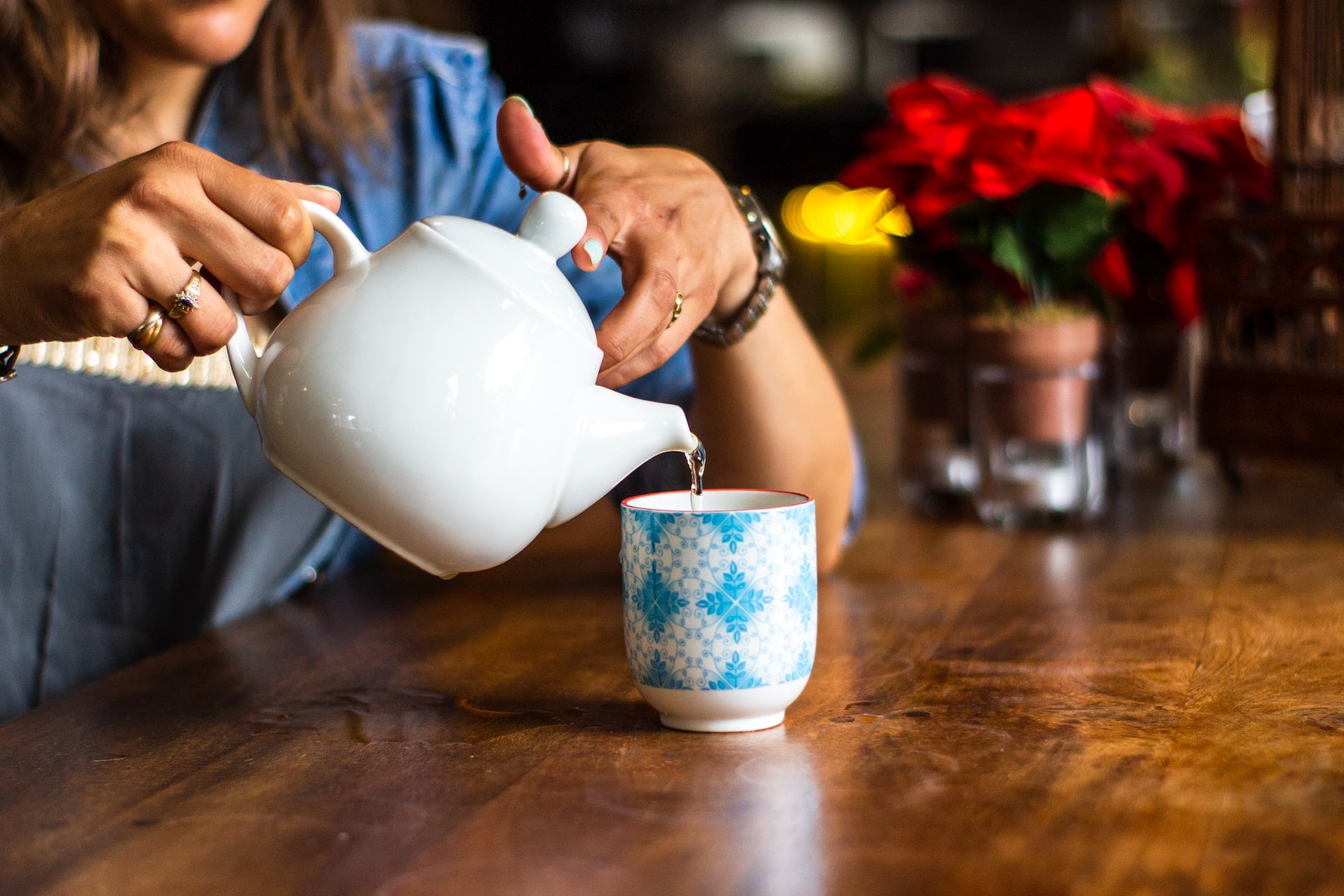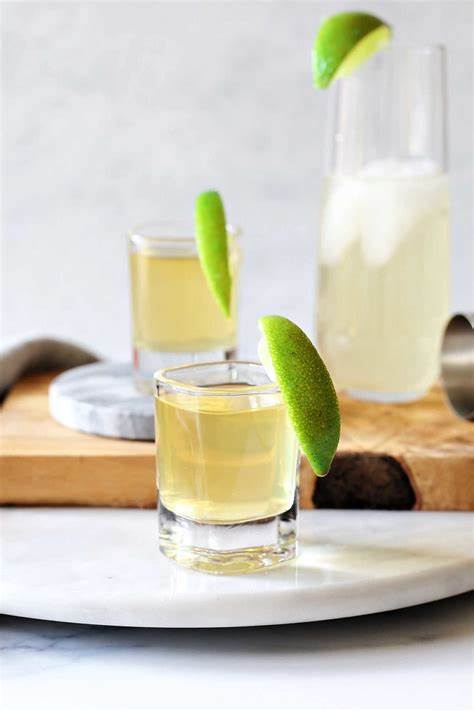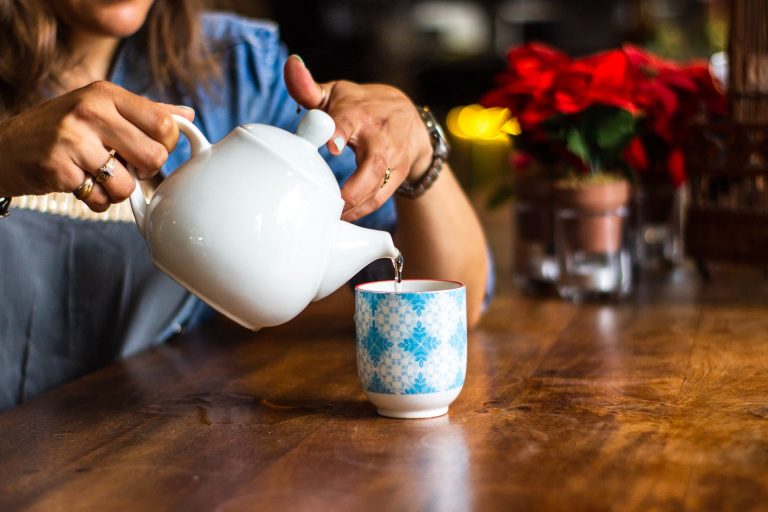
Matcha vs Green Tea
Matcha vs Green Tea: Understanding the Differences
You’ve likely heard the buzz about matcha and green tea. Both varieties come from the Camellia sinensis plant. They offer many of the same potential health benefits, like antioxidants and metabolism-boosting properties. However, matcha vs green tea differ quite significantly. From their cultivation to preparation methods and nutritional profiles, they possess distinct characteristics.
If you’re confused about telling matcha vs green tea apart, you’re not alone. Many people use the terms interchangeably without realizing their variances. But understanding the key differences allows you to appreciate and properly brew each type. So let’s dive into the specifics that set matcha and green tea apart.
The Growing Methods
All green teas start from the same plant. However, matcha comes exclusively from shade-grown tea bushes. Farmers cover the plants with special mesh shades 20-30 days before harvesting. This shades the leaves from direct sunlight. It increases their chlorophyll levels, turning them a vibrant shade of green. It also boosts the leaves’ amino acid and antioxidant content.
By contrast, leaves for regular green tea grow in direct sunlight with no shading. This cultivation method alters the tea’s nutritional make-up, resulting in lower levels of chlorophyll and other beneficial compounds.
Picking and Processing
Both matcha and green tea involve handpicking the plants’ young leaves. From there, the processing diverges significantly. For matcha production, the tender leaves get laid out flat to air dry. They’re then ground into an ultra-fine emerald-green powder using special granite stone mills. No heating occurs to preserve matcha’s vibrant color and nutritional potency.
To produce green tea leaves, freshly harvested leaf buds get quickly steamed or pan-fired to halt oxidation. The leaves then undergo a rolling and drying process. No grinding happens, so you end up with whole or broken leaf pieces rather than powder.
Matcha Grades
Not all matcha powders share the same quality level. The finest ceremonial grade comes from the youngest, most premium shade-grown tea leaves. It possesses an extraordinary vibrant green hue with a subtle sweetness and fresh vegetative flavor. Only the finest stone-grinding techniques produce ceremonial matcha’s luxuriously smooth, creamy texture.
Culinary-grade matcha contains a blend of younger and older leaves. While still vibrant green in color, it exhibits stronger grassy or bitter notes. Culinary matcha is better suited for cooking, baking, and making green tea lattes or smoothies when flavors will be masked.
Packaging also varies based on grade. Ceremonial matcha comes in light-blocking tins or jars to preserve freshness and nutrients. Culinary grades often come in bags or pouches.
Preparation Differences
When preparing matcha, you ingest the entire leaf in powder form. Simply measure out the desired amount and whisk it vigorously with hot (but not boiling) water using a special bamboo tool. The vigorous whisking helps incorporate air, creating a frothy texture.
In contrast, green tea leaves get steeped in water that has been brought to a rolling boil first. The loose leaves or tea bags steep in the hot water for 2-4 minutes before removing them. This allows the antioxidants and flavors from the leaves to infuse into the water. But you consume only the steeped liquid rather than ingesting the leaf itself.
For iced matcha drinks, the matcha powder first gets whisked with a small amount of hot water to form a concentrated mixture. You then add ice and any desired milk or sweeteners. Some iced matcha variations include shaking the powder and liquids vigorously together instead of whisking. This creates a lovely frothy foam topping.
Nutrient Profiles
Since you consume the entire shade-grown leaf when drinking matcha, it contains higher levels of beneficial compounds compared to steeped green tea from sunlight-grown leaves. In general, matcha contains:
- 3-4 times more antioxidants
- 7 times more chlorophyll
- 17 times more fiber
- 70 times more L-theanine amino acids
- More vitamins, minerals, and caffeine
Specifically, matcha gives you a mega-dose of epigallocatechin gallate (EGCG) – one of green tea’s most powerful antioxidants. Matcha powder also contains protein, Vitamin A, Vitamin C, potassium, and magnesium.
Green tea leaves do offer many of these same antioxidants, nutrients, and compounds. However, you get significantly lower amounts in each serving when steeping and removing the leaves.

Flavor Profiles
Freshly prepared matcha possesses a vibrant, grassy aroma with sweet vegetal notes. Its flavor commonly gets described as rich and full-bodied with subtle bitterness. Good matcha imparts an almost creamy, savory umami essence. Lower quality culinary grades often taste more harshly bitter.
The flavor of brewed green tea tends to be lighter and more straightforward than matcha. Less complex notes of fresh grass or steamed vegetables come through cleanly. Compared to hearty matcha, green tea offers brighter, purer flavors.
When enjoying a matcha latte or matcha-flavored dish, the powder’s earthy bitterness and umami notes cut through other flavors. The matcha taste remains front and center. Green tea can add delicate notes but often gets overpowered by other strong ingredients.
The Caffeine Buzz
Ounce for ounce, matcha contains higher levels of caffeine compared to steeped green tea leaves. The exact amount varies based on the growing region and preparation. But generally:
- 1 tsp of matcha has 35-70mg caffeine
- 1 cup of brewed green tea has 30-50mg caffeine
So a single serving of matcha packs more concentrated caffeine than a green tea cuppa. Drinking both provides a Revitalizing energy boost.
However, the buzz from matcha feels smoother and more alert compared to coffee’s jittery effects. This comes from matcha’s higher levels of the amino acid L-theanine. L-theanine produces a state of “calm alertness” that counteracts caffeine’s edginess. Many report increased focus and productivity without a caffeine crash.
The Price Point
High-quality matcha tends to cost significantly more per ounce than regular green tea. Premium ceremonial matcha undergoes extensive handpicking, shading, and meticulous stone-milling. The labor-intensive processing makes matcha much pricier than inexpensive machine-harvested green tea leaves. You can expect to pay up to $30-40 for a few ounces of the finest ceremonial matcha powder.
Culinary matcha and green tea both come in a wider range of affordable price points. Loose leaf green tea can cost as little as a few dollars per ounce. Pre-portioned tea bags offer convenience at an even lower cost per serving.
Whether splurging on ceremonial matcha or budget-friendly green tea leaves, both provide ample nutrition and benefits. Just note you’ll need to use a bit more of the tea leaves compared to the potent matcha powder. It all boils down to personal taste preferences and budget constraints.
Both matcha and green tea offer sublime ways to foster wellness through tea. While they share some basic similarities, the key differences lie in cultivation, processing, preparation, and overall nutrition. Understanding those core distinctions allows you to appreciate the nuances of each variety. So go ahead and enjoy the grassy sweetness of matcha or the clean simplicity of green tea. Just don’t confuse the two as being one and the same! They each hold their own well-deserved spot in the amazing world of tea.


